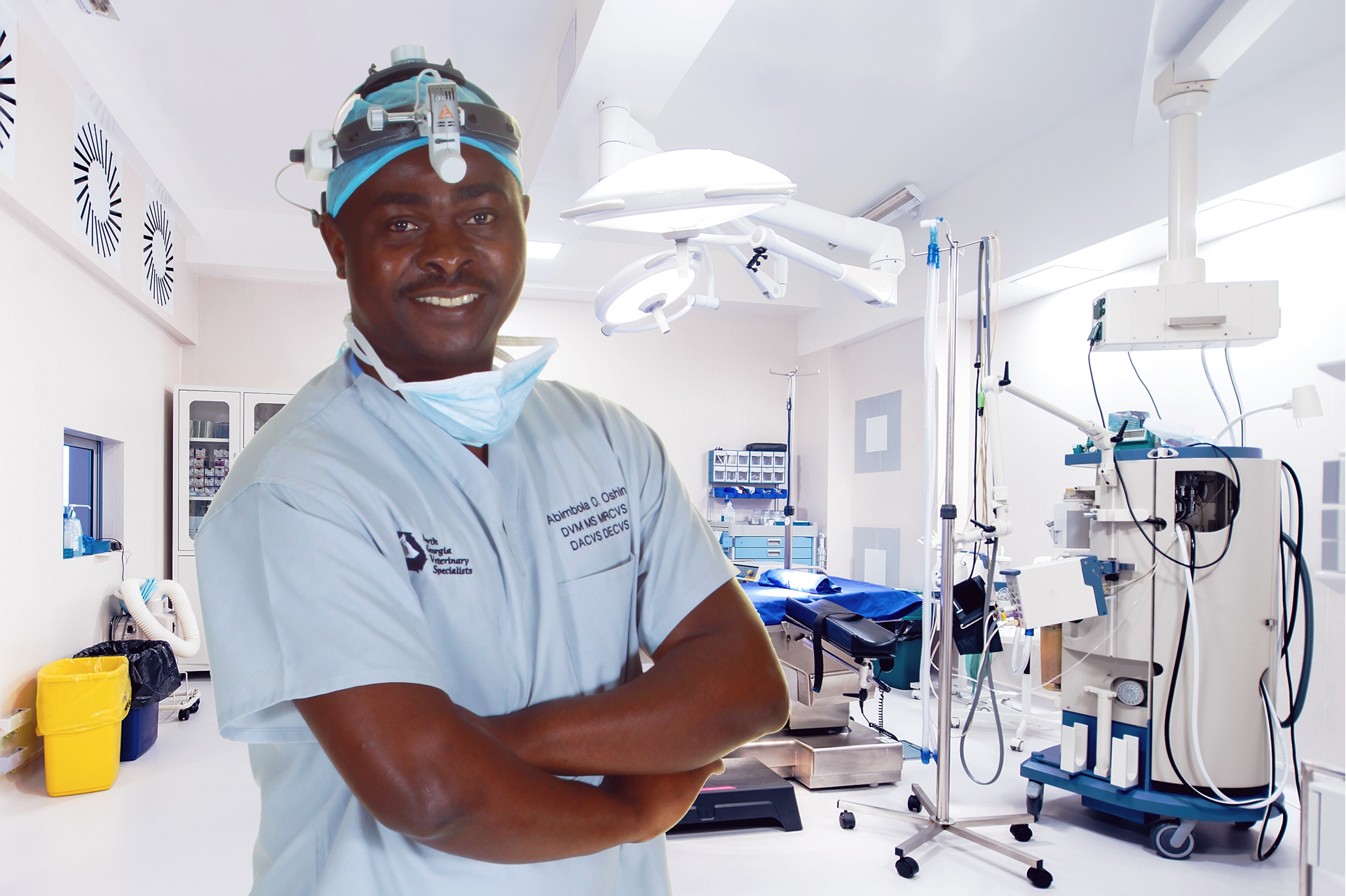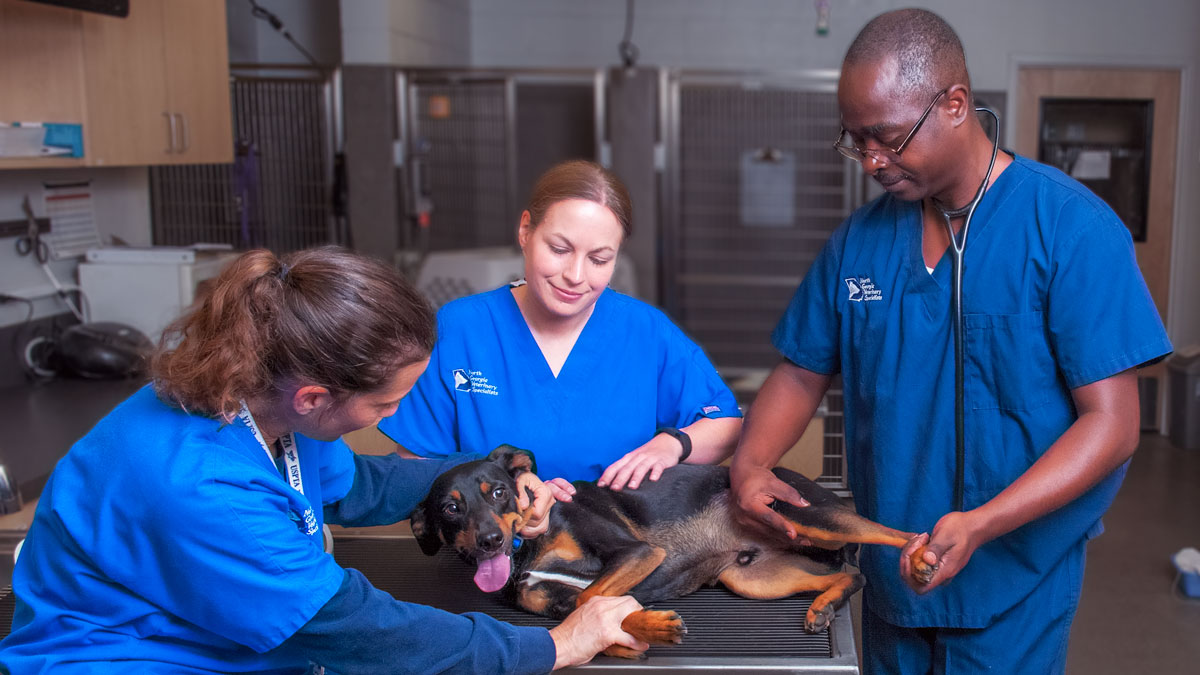Surgery can be a stressful experience for pet owners, but proper preparation can help make the process smoother and less worrisome. Below are ten tips for preparing your pet for surgery. These include discussing the procedure with your veterinarian, performing preoperative tests to identify any pet health issues, updating pet vaccinations if needed, grooming them if regularly done, not feeding them before surgery, and more. Taking these steps will ensure that both you and your pet are ready for the surgery and minimize any risks or complications during the procedure
1. Discuss with your veterinarian the reasons for choosing a particular surgical procedure and any expected outcome
While some surgical procedures can be emergent, requiring a pet to be rushed string into the operating room and leaving little room for prolonged preparations, most surgical procedures performed in veterinary medicine are elective. A consultation with your pet’s surgeon is the first of the tips in preparing your pet for surgery. Friends, family, and Dr. Google can help, but a discussion with your pet’s surgeon is invaluable. Your pet’s surgeon may be your primary care veterinarian or a board-certified veterinary surgery specialist. Your pet’s surgeon will discuss your pet’s medical condition and options for its treatment. The reasons why they chose to recommend a particular surgical procedure for treating your pet and a comparison with alternative surgical and non-surgical treatments should be discussed if applicable. Expected outcomes, recovery times, and complications of the chosen procedure should also be addressed.
2. Perform preoperative tests to identify, confirm, and define your pet's problems
Preoperative medical tests are used by the surgeon in preparing your pet for surgery. Most pet surgeons will request a physical exam and any necessary radiographs during the above-recommended consultation appointment. Depending on your pet’s medical condition and age, additional tests like complete blood count (CBC), serum biochemical profile, urinalysis, and electrocardiogram (ECG) may be indicated for further evaluation. Some pet surgeons may also order specific tests designed to identify pet medical conditions and guide the pet surgeon in choosing the optimal surgical procedure for your pet.
3. Update your pet's vaccination if necessary
One of the tips for preparing your pet for surgery is ensuring your pet’s vaccination status before the scheduled surgery. The rabies vaccination status is essential as some facilities will not admit a pet for hospitalization unless their rabies vaccines are up to date. Other core and non-core vaccines for your pet should be updated as necessary if they are overdue. These vaccines protect your pet from infections that may occur during surgery and can also help protect other pets in the hospital from disease.
4. Groom your pet if regularly done
If pet grooming is part of your pet’s routine, it should be done a few days before surgery. Grooming helps to keep the pet’s skin clean and free from matted fur that can harbor bacteria or interfere with pet anesthesia. It is also likely that you will not be able to groom your pet for several days or weeks after the surgical procedure, and this may extend to a couple of months for procedures that involve wearing a cast or other long-term dressings.
5. Do not feed your pet before surgery
To ensure pet safety, pet surgeons typically request that pet owners not feed their pets after midnight the night before surgery. This prevents pet vomiting and aspiration pneumonia during pet anesthesia. Most owners wonder when a pet should stop drinking water before surgery. Pets should also be allowed to drink water until two hours before pet surgery to avoid dehydration while under pet anesthesia. Some patients, such as diabetic, hypoglycemic, or pediatric, need special feeding instructions; your pet’s surgeon will determine this. For example, puppies with late surgery during the day may be fed in the morning, but your veterinarian may want to do this in the hospital.
6. Drop off your pet early in the morning for last-minute diagnostic tests
Drop off your pet at least two hours before pet surgery to allow enough time for pet hospital personnel to perform preoperative diagnostic tests. This way, pet surgeons have an accurate picture of pet health before pet surgery and can adjust the pet anesthesia plan accordingly.
7. Provide written instructions on medications and dietary needs to hospital staff
Provide pet hospital staff written instructions regarding your pet’s medications, diet, and exercise needs. This will help pet hospital staff provide the best care for your pet during pet surgery and recovery. Pet hospitals usually have an admission form to take your current contact information and information on your pet’s medications and any special dietary needs. Make sure to have this written if no such documents exist.
8. Sign fee estimates and legal consent forms
Before pet surgery, pet owners should review your pet hospital’s fee estimates and legal consent forms. Pet owners should also ask pet surgeons to explain any fees that are not clear.
9. Discuss options with your pet surgeon or their staff regarding cardiopulmonary arrest scenarios
Discuss the pet hospital’s plan for pet cardiopulmonary arrest with your pet surgeon and their staff. Pet owners should be aware of the pet hospital’s policies and procedures in case of pet cardiopulmonary arrest and make sure they are agreeable with them.
10. Prepare family members (especially children) by talking about your pet's surgery in general terms and answering any questions they may have
Prepare family members, especially children, for pet surgery by discussing it in general terms and answering any questions they may have. Express your confidence that pet surgery will help pets feel better soon. Post-operative care should also be discussed to ensure your pet gets plenty of rest and a healthy diet following pet surgery. Discuss pet safety in pet surgery, such as pet anesthesia and pain control. Reassure children that pet surgeons and pet hospital staff will take excellent care of their pets during pet surgery and recovery.
Pet surgery can be a challenging experience for pet owners and pet families, but following these tips can help pet owners prepare their pets (and families) for surgery and reduce the stress associated with pet surgery. These tips should help ensure that your pet’s surgical experience is safe, effective, and successful. Consulting with a veterinary professional for more pet surgery preparation tips is always a good idea. Good luck!





